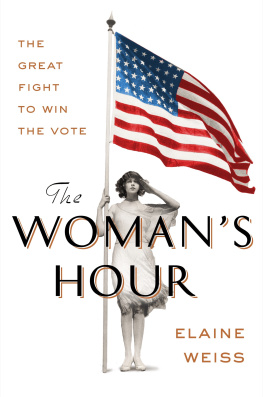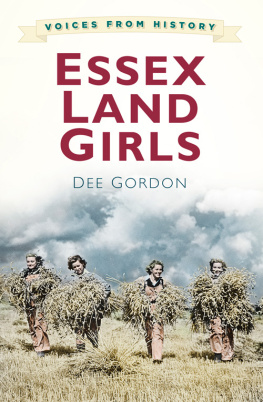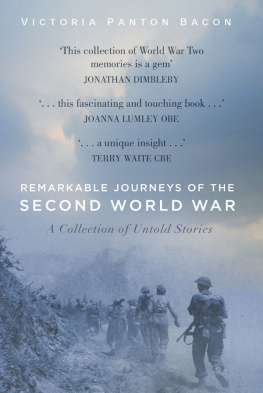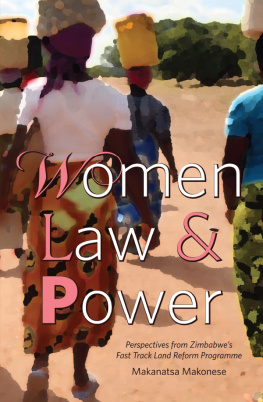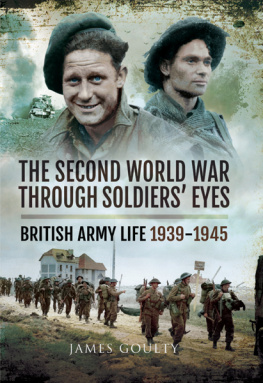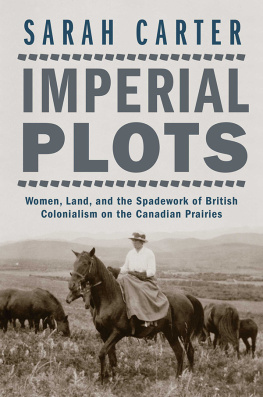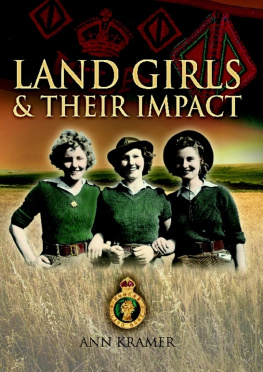FRUITS OF VICTORY
OTHER TITLES BY POTOMAC BOOKS
Before Amelia: Women Pilots in the Early Days of Aviation
Eileen F. Lebow
Flying For Her Country: The American and Soviet
Women Military Pilots of World War II
Amy Goodpaster Strebe
Women Warriors: A History
David E. Jones
FRUITS OF VICTORY
THE WOMANS LAND ARMY OF
AMERICA IN THE GREAT WAR
ELAINE F. WEISS

Copyright 2008 Elaine F. Weiss
Published in the United States by Potomac books, Inc. All rights reserved. No part of this book may be reproduced in any manner whatsoever without written permission from the publisher, except in the case of brief quotations embodied in critical articles and reviews.
Library of Congress Cataloging-in-Publication Data
Weiss, Elaine.
Fruits of victory : the Womans Land Army of America in the Great War / Elaine F.
Weiss. 1st ed.
p. cm.
Includes bibliographical references and index.
ISBN 978-1-59797-273-4 (hardcover : alk. paper)
1. Womens Land Army of AmericaHistory. 2. World War, 1914-1918Women
United States. 3. World War, 1914-1918War workUnited States. 4. World War,
1914-1918Participation, Female. 5. World War, 1914-1918Food supplyUnited
States. 6. World War, 1914-1918Economic aspectsUnited States. 7. Women farmers
United StatesHistory20th century. I. Title.
D639.W7W45 2008
940.373082dc22
2008042104
Printed in the United States of America on acid-free paper that meets the American
National Standards Institute Z39-48 Standard.
Potomac Books, Inc.
22841 Quicksilver Drive
Dulles, Virginia 20166
First Edition
10 9 8 7 6 5 4 3 2 1
CONTENTS
Part One:
The Girl With a Hoe Behind the Man With a Gun
Part Two:
The Patriot Farmerette
ACKNOWLEDGMENTS
I once knew a real farmerette of World War I, and I first encountered the Womans Land Army in her farmhouse in the hills of Vermont. Her name was Alice Holway, and she was nearly eighty years old when I met her. Still working on the land, she was quite a character, or a real spunky gal, as she might say. As I sat in a lopsided chair in her parlor she regaled me with stories of her youthful service in the WLAs Nauhlahka Unit, near Brattleboro, and she was very proud of having done her bit in service to her nation. Her participation in the Land Army changed the course of her life, and she, in turn, touched and shaped mine. This book honors the memory of Alice Holway, and all of her fellow farmerettes.
Attempting to restore the farmerette to her rightful place in the American saga was a team effort, and I am profoundly grateful for the support of two smart and savvy women of letters. My literary agent, Whitney Lee, of the Fielding Agency, has been my loyal counselor and champion. Her unshakable belief in this project fortified me, and her fierce optimism kept me buoyant. My talented and tenacious editor, Elizabeth Sherburn Demers, is the fairy godmother of this book. She has carried it with her on her journeys, protected it, promoted it, and with a skillful wave of her green pen, shaped it into a finer work.
The task of reconstructing the history of the Womans Land Army, scattered and buried for nearly nine decades, was a grand adventure in archival archeology, and I have many to thank for their assistance in the digging. So many archivists and librarians, across the country and across the Atlantic Ocean shared with me their knowledge and enthusiasm as well as the treasures of their collections. I am especially indebted to Donald Glassman and Astrid Cravens at the Barnard College Archives; Wilma Slaight and Ian Graham at the Wellesley College Archives; Dean Rogers at the Vassar College Archives; Sydney Roby at the Goucher College Archives; Patricia Albright at the Mount Holyoke College Archives; and Nanci Young at the Smith College Archives, as well as Amy Hague and Maida Goodwin at the Sophia Smith Collection. Eileen Keating at the Kroch Library of Cornell University was enormously helpful, as was Betty Carter and Carolyn Shankle at the University of North CarolinaGreensboro Archives and Jonathan Schmitz at the Chautauqua Institution in New York.
The marvelous Schlesinger Library of the Radcliffe Institute at Harvard holds many essential records of the Womans Land Army, and it was my privilege to spend hours there in happy research. I extend my thanks to Ellen Shea and Diana Carey at Schlesinger for all their assistance.
State and local archives also held rich deposits of documents for me, and I must especially thank Greg Cox at the Illinois State Archives in Springfield; Tim Rives at the National Archives and Record Administrations Central Plains Region office in Kansas City, Missouri; and Tomas Jaehn at the Museum of New Mexico in Santa Fe for finding such gems. Carol Harbison Samuelson at the Southern Oregon Historical Society in Medford was extraordinarily helpful, as was Michelle Stahl of the Peterborough (New Hampshire) Historical Society and Harriet Taylor of the Wilton (Connecticut) Library Associations History Room. Pamela Edwards and Legard Waldrop were most generous with their time and attention during my visit to the New Milford (Connecticut) Historical Society, and Beverley Cook at the Museum of London made my research foray there pleasant and productive.
This book has been enriched by the insights of Melissa Fitzgerald, Edith Diehls great-niece, who allowed me to visit Diehls house in Brewster, New York, and explore her library. The ability to touch Miss Diehls Womans Land Army insignia buckle was a true thrill. I am appreciative of the research of Debbie Rafferty-Oswald on the life of Diehl and of Virginia McLaughlins writings on the Land Army service of her aunt Daisy Day.
I want to extend a special thanks to Dr. Jessica Elfenbein, historian and friend, for her contributions and Dr. Jill Jonnes, historian, author, and friend, for her good counsel. My devoted cheerleaders, kind critics, and eagle-eyed readers, Samuel and Natalie Babbitt, have been by my side for nearly four decades, providing guidance and inspirationand swift kicks when necessary. My gratitude for their faith in this scrivener. And I, along with ten thousand other artists over the past century, owe a sweet debt to the MacDowell Colony in Peterborough, New Hampshire, where the gift of a fellowship and a cabin allowed me to write early versions of Alice Holways stories.
Over the course of this projects long road, many friends, near and far, offered sympathetic ears, helping hands, advice, and succor to keep me on track and in balance. Writing is a solitary task, but Im lucky to have a patient and loving family surrounding and supporting me. My mother, Jeannie, and mother-in-law, Bess, strong women born in the era of Great War, have waited expectantly for this book to finally arrive. My husband, Julian Krolik, and children, Teddy and Abby, graciously tolerated my long hours at the desk and short stints in the kitchen, cheerfully accepting the invasion of the Womans Land Army into our household for an extended stay. Their daily encouragement sustained me. And Julian, my lodestar, made it all possible.
PRELUDE: LIBERTY DAY
To do her bit shes ready,
Of work shes not afraid,
Shes waiting for the summons,
In fitting garb arrayed;
Shell grasp the tools of labor
And never pine nor fret,
But do her stunt appointed,
The plucky farmerette.
For soldiers sore are needed,
Next page

